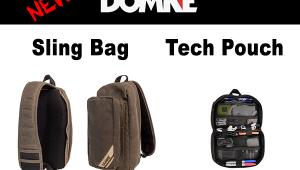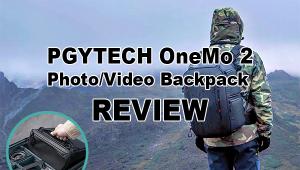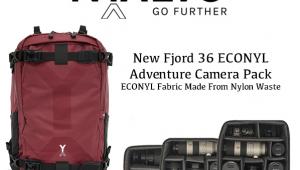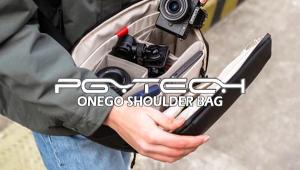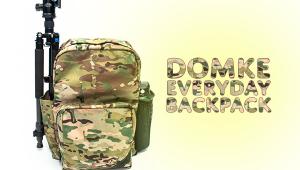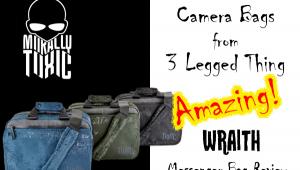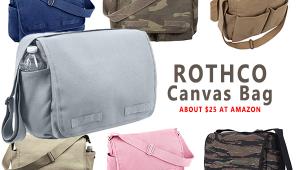Shimoda Adventure Photo Backpacks Review by the Bag Man
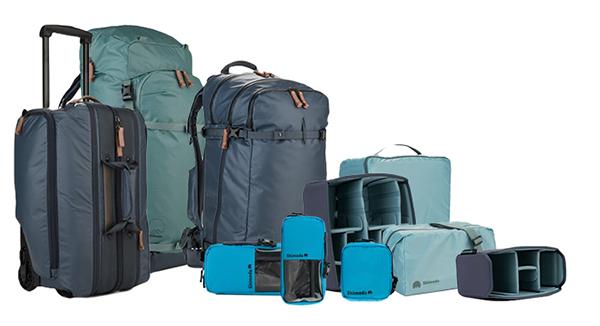
For years I’ve evaluated camera bags, photo backpacks and other camera carry solutions using a multi-point matrix that considers characteristics like comfort, durability, accessibility and protection. Once in a while a bag comes along with features that blow apart my sophisticated chart. Introducing Shimoda, a line of photo backpacks that demand a whole new classification.
The Shimodo photo bags and backpacks in this review are available on Kickstarter until midnight, December 16th.
We usually shy away from items that are not yet available at retail, but Shimoda already has an outstanding USA distributor—MAC Group—the folks who bring us Tenba, Induro, Phottix, Sekonic and many other popular brands. And as always, we physically have Shimoda’s finished products in our hands for full inspection and assessment.
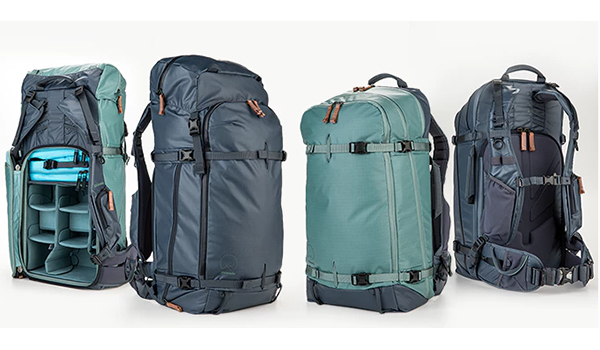
The Shimoda product line consists of two photo backpacks, one carry-on roller and two types of removable, adjustable modules. The Explorer 40, a 40-liter backpack, is the smaller of the two, but only about two inches shorter than the Explorer 60 (60-liter) standing at 22.4 inches. The taller Explorer 60 is 24 inches tall and less than one inch greater in depth (11 inches vs. 10.2). Both backpacks are 11.4 inches wide.
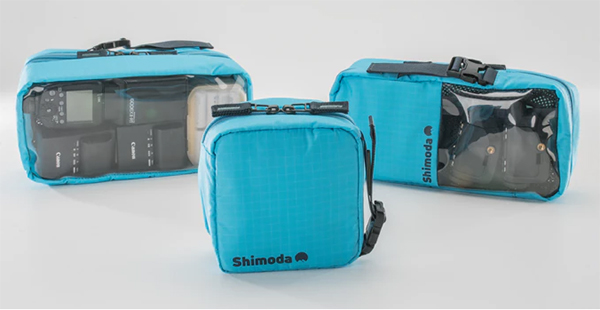
Equipment is divided and protected by your choice of two sizes of modular Core Units and three sizes of Accessory Cases. The latter are of enormous value for organizing and packing flash, cords, cards and other accessories even if you don’t own a Shimoda photo backpack. The Core Units feature a removable skin that can be used as an overwrap for dustproof protection or as a separate sling that converts the Core Unit into a lightweight shoulder bag.
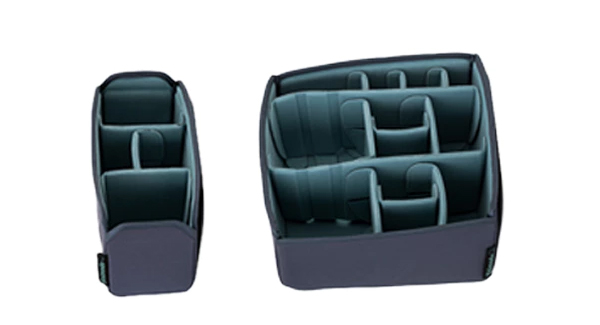
I used the Explorer 60 for a short time and found it to be extraordinarily comfortable and superbly functional. It provides access to its contents via top, side and rear openings, and has a unique floating lid that offers perfect storage for immediate grab items.
The Explorer 40 does not have the floating lid and offers side and rear openings only—those are about the only differences. Both packs feature a fully adjustable harness—including torso height adjustment—and have well-designed shoulder straps that help balance the weight comfortably across the wearer’s chest. Also, both backpacks have built-in sleeves that accommodate laptops up to 13 inches.

Unlike some photo backpacks that slump over when removed and set down, both the Shimoda Explorer 40 and Explorer 60 have internal 6061 T6 aluminum frames to properly distribute the load of heavy equipment. (Number 6061 is the identifier of a structural aluminum alloy; the T6 version of 6061 is specially tempered for strength and other high performance characteristics.)
Shimoda photo backpacks are remarkable for three reasons: design, materials and construction.

First, the design. Per Shimoda founder Ian Millar, “Shimoda products are designed as a reaction to real-world adventure— each feature and component is a response to Team Shimoda’s collective past experiences.” Frankly speaking, I hear this type of claim a lot, and in many instances it’s hyperbolic wishful thinking. But not this time. It’s clear to me that the Shimoda photo backpack sitting on the floor next to me was born from the understanding of the issues adventure photographers face and the knowledge how to solve even the most arcane problems.

Second, it’s very obvious that all materials were selected for durability as well as performance. Zippers are all YKK, the best brand you can buy, and the nylon shell is coated with carbonate ether resin on the outside and on the inside. The fabric looks and feels just like any other high quality, ripstop weave but delivers unsurpassed water repellency and durability.
Finally, and in many ways most important, the construction quality is absolutely top rung. The build was done with palpable precision and exactness. We’ve all had experiences where seams ripped or straps broke, but I can’t imagine anything like that happening to Shimoda photo backpacks.
In case you wondered about the name, Shimoda is a city near the tip of the Izu Peninsula in Japan’s Shizuoka Prefecture, about 2.5 hours south of Tokyo by train. It forever has a spot in American history as the landing place in 1854 for some of Commodore Perry’s Black Ships that opened Japan to US trade.

So why do Shimoda photo backpacks burst the confines of the matrix I normally use to evaluate camera carry solutions? They are the first bags I’ve ever encountered with the stated purpose of improving the health and fitness of the user. According to Millar, the fact that they carry and protect camera gear is key, “But our bags are just as much about the protecting the user and making a better, stronger and more focused photographer. Long days in the mountains with camera kit costs the human body (and mind) a lot of energy. Our product helps reduce that energy burn, which to us is just as important (if not more) than protecting camera gear.”
Shimoda bags are created with convenience features that help users conserve energy and maintain physical comfort. It’s evident from the form and fit, and even from the seemingly minor features like dedicated pouches on the shoulder straps for food and phone. So if photography takes you on great adventures and you want to keep your equipment—and yourself—in top condition, you need this bag.
—Jon Sienkiewicz
- Log in or register to post comments

